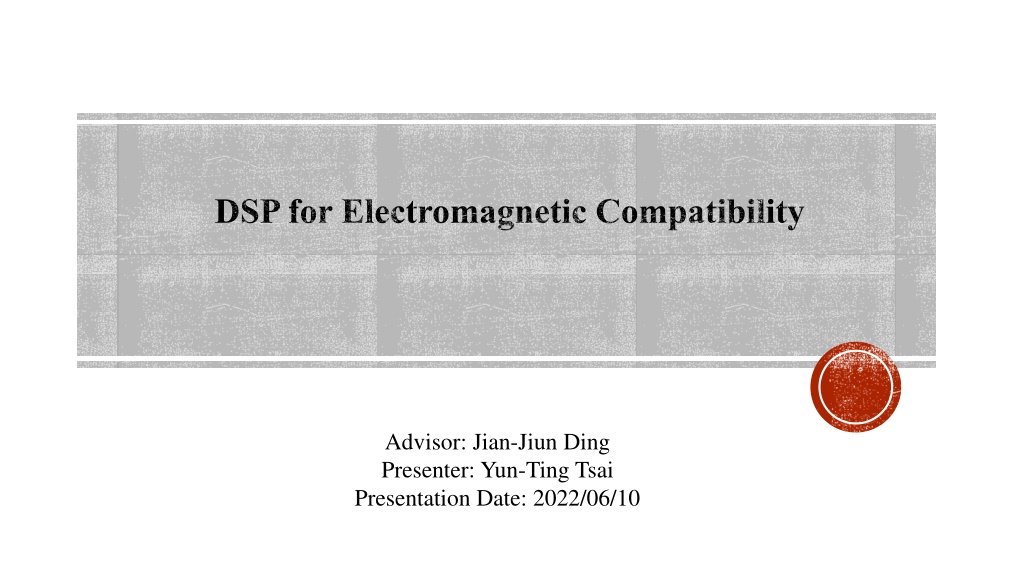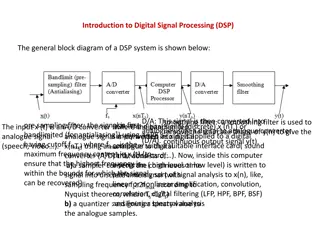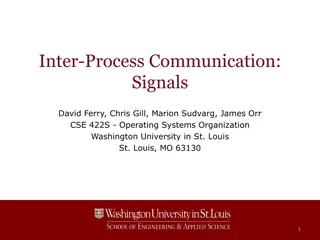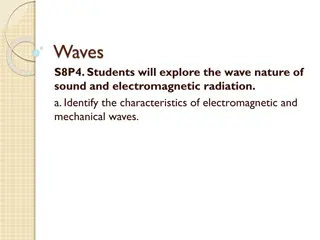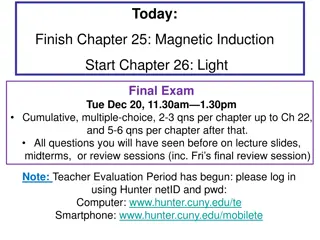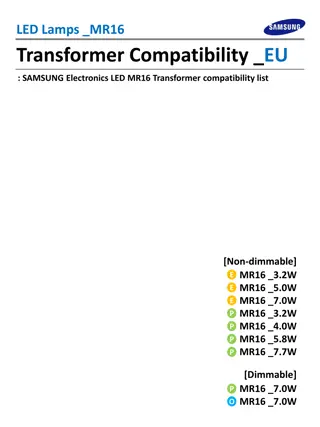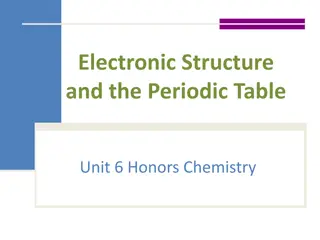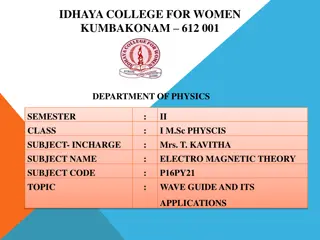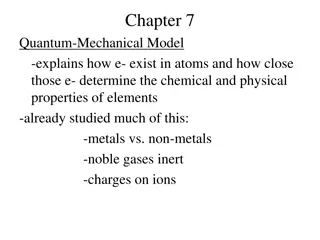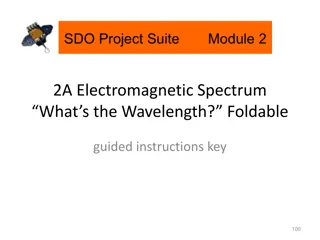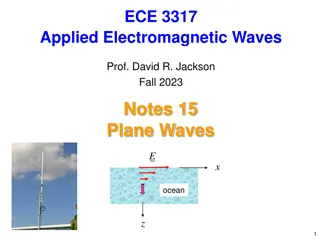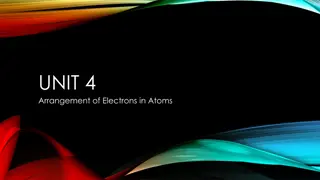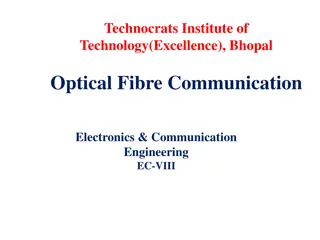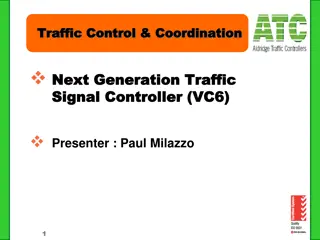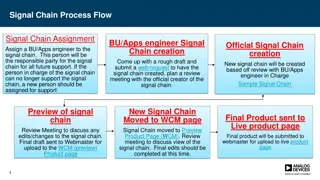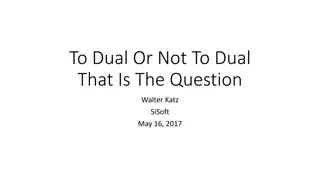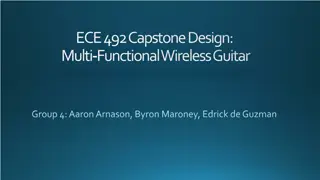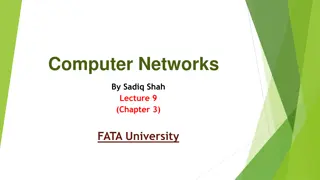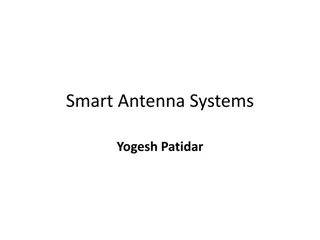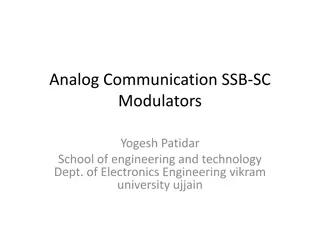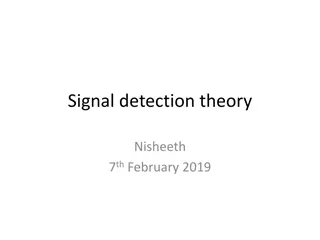Understanding Electromagnetic Compatibility Through DSP and Signal Integrity
Delve into the realm of Electromagnetic Compatibility (EMC) through an insightful presentation on DSP for EMC advisor with a focus on DC suppression, EMI reduction, power spectral density, signal integrity, 8b/10b encoding, EMI effects on periodic signals, scramblers, and linear feedback shift registers. Explore key concepts and practical applications in the field of EMC.
Download Presentation

Please find below an Image/Link to download the presentation.
The content on the website is provided AS IS for your information and personal use only. It may not be sold, licensed, or shared on other websites without obtaining consent from the author. Download presentation by click this link. If you encounter any issues during the download, it is possible that the publisher has removed the file from their server.
E N D
Presentation Transcript
DSP for Electromagnetic Compatibility Advisor: Jian-Jiun Ding Presenter: Yun-Ting Tsai Presentation Date: 2022/06/10
Outline Introduction to EMC DC Suppression EMI Reduction 2
Introduction to EMC Electromagnetic Compatibility (EMC) Electromagnetic Interference (EMI) Electromagnetic Susceptibility (EMS) 3
Power Spectral Density Power spectral density ??? is defined as ??(?)? ????? ??? = W/Hz where ??(?) is the autocorrelation function of a signal Meaning of the power spectral density: average power per frequency 4 [1] C.R. Paul, Introduction to Electromagnetic Compatibility, 2nded., John Wiley & Sons, 2006.
Outline Introduction to EMC DC Suppression EMI Reduction 5
Signal Integrity Question: What will happen when a random NRZ signal pass through a capacitor? 10-Gbps signal 6
8b/10b Encoding (1/2) 7 [2] https://en.wikipedia.org/wiki/8b/10b_encoding
Outline Introduction to EMC DC Suppression EMI Reduction 9
EMI Question: What will happen when a signal is periodic? 10
Scrambler Addictive scrambler Pseudorandom sequence 01011010101011100001010110 Data Output 0101010101010101010 01011111100 11
Linear Feedback Shift Register (1/3) Fibonacci LFSRs ?16+ ?14+ ?13+ ?11+ 1 1 0 1 0 0 0 0 1 0 1 0 0 1 0 1 0 1 0 0 1 0 1 0 1 1 0 1 0 1 0 1 1 0 1 0 1 0 1 1 0 1 0 0 0 1 1 0 1 1 0 0 1 1 0 1 1 0 0 1 1 1 1 1 0 0 1 0 1 1 1 0 0 0 0 1 1 1 0 0 0 0 1 1 1 0 0 0 0 1 1 1 0 0 0 0 1 12 [2] https://en.wikipedia.org/wiki/Linear-feedback_shift_register
Linear Feedback Shift Register (2/3) Galois LFSRs ?16+ ?14+ ?13+ ?11+ 1 1 1 0 0 0 0 0 1 1 0 0 0 1 1 1 1 0 0 0 0 1 1 1 0 1 0 0 1 1 1 1 0 0 0 1 1 0 1 0 0 0 1 0 0 1 0 0 0 1 0 0 1 0 0 1 1 0 0 1 0 1 1 1 0 0 1 0 1 1 1 0 0 0 0 1 1 1 0 0 0 0 1 1 1 0 0 0 0 1 1 1 0 0 0 0 1 13 [2] https://en.wikipedia.org/wiki/Linear-feedback_shift_register
Linear Feedback Shift Register (3/3) Amaximal-length LFSR has 2? 1 states Amaximal-length LFSR Anon-maximal-length LFSR ?4+ ?3+ 1 ?4+ ?2+ 1 1 0 0 0 1 0 0 1 1 0 1 0 1 1 1 1 0 1 0 0 1 1 0 1 0 1 1 1 1 0 0 0 0 0 1 0 0 1 1 0 1 0 1 1 1 1 0 0 0 0 0 1 0 0 1 1 0 1 0 1 1 1 1 0 1 0 0 0 1 0 1 0 1 0 0 0 1 0 0 0 1 0 1 0 0 0 0 0 1 0 1 0 Output period: Output period: ?4 1 = 15 bits 6 bits 14
EMI Suppression Addictive scrambler Pseudorandom sequence ?16+ ?14+ ?13+ ?11+ 1 Data Periodic NRZ signal 15
Summary 16
THANK YOU! 17
